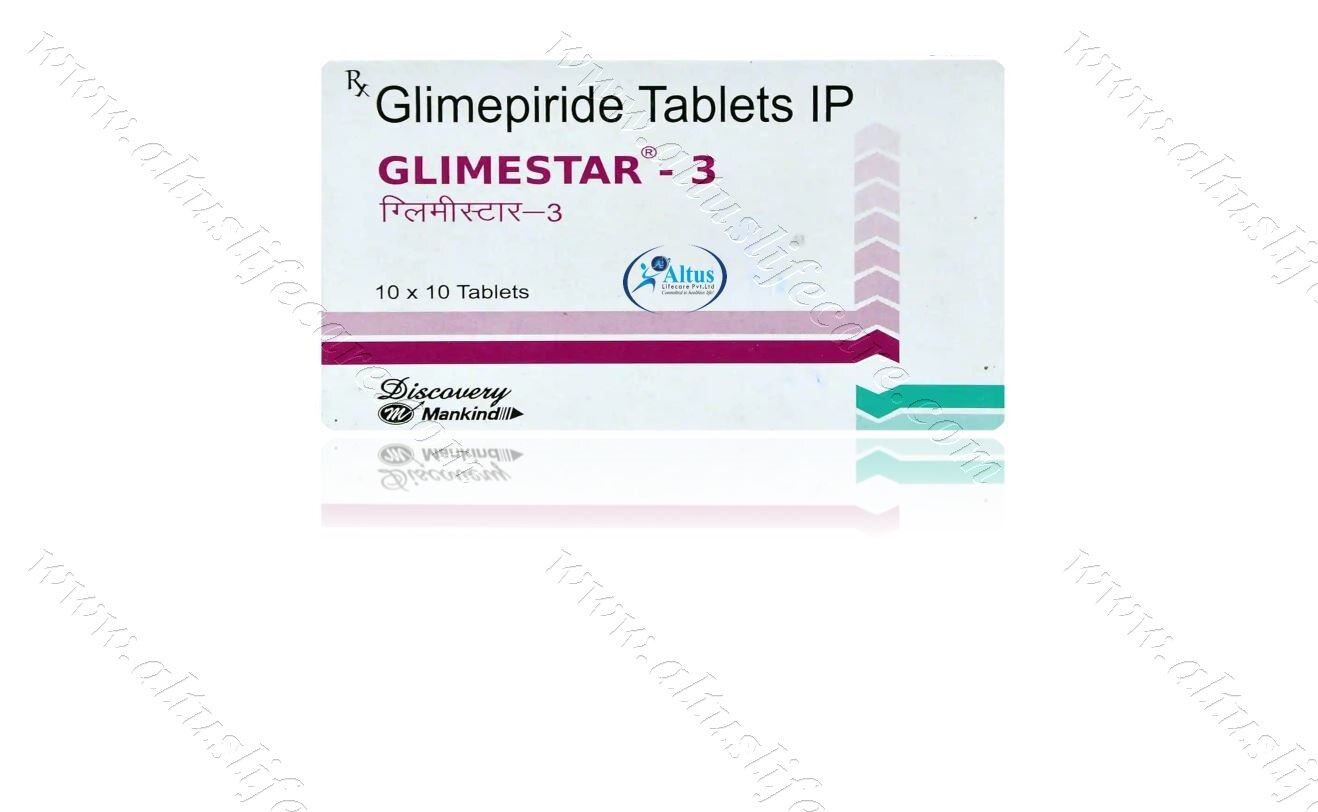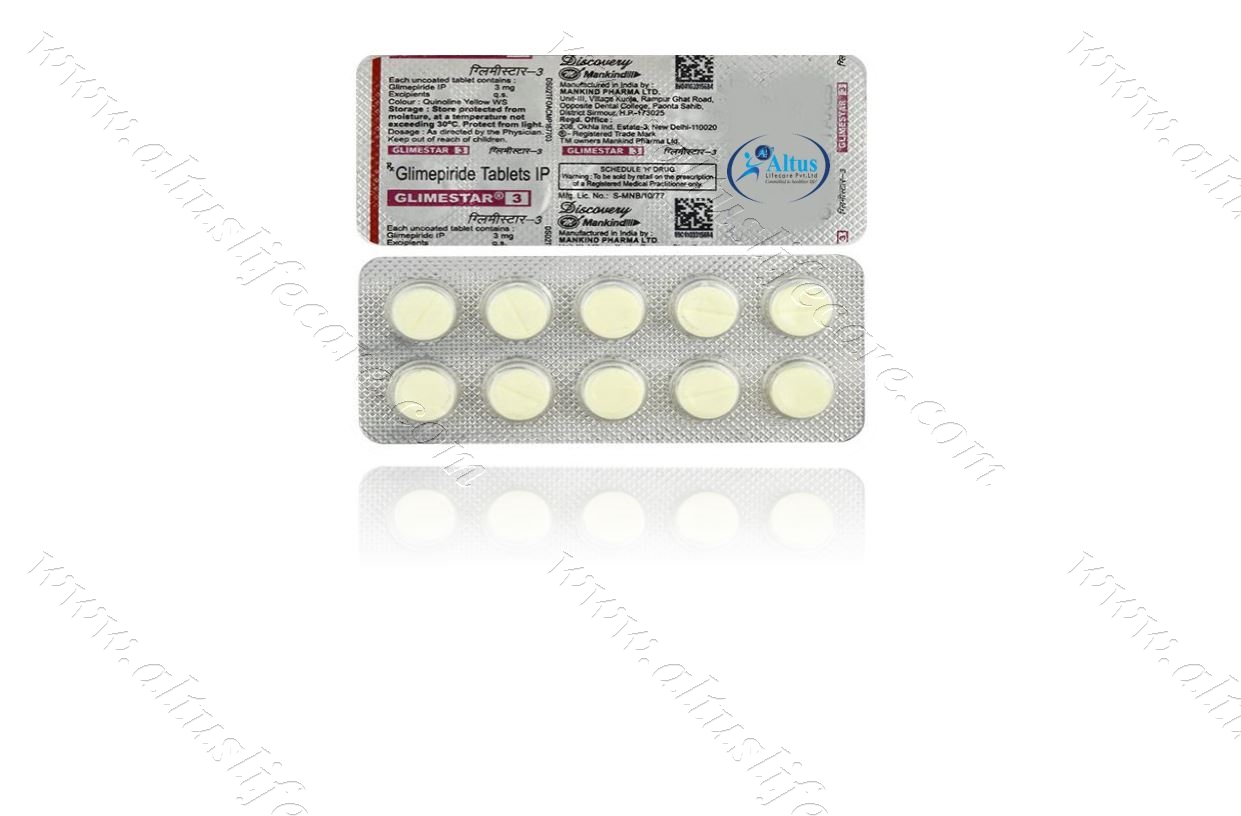No products in the cart.
Return To Shop
Menu
Categories
- Anti Cancer
- Altus Product's
- Pharmaceutical Products
- Anti Fungal
- Hepatitis
- Beauty & Skin Care
- Asthma
- Modafinil
- Urology Segment
- Thyroid Care
- Armodafinil
- HIV Medicines
- Weight Loss
- Naltrexone
- Anti Emetic
- Neuropathic Pain
- Mens Health
- Hair Loss
- Pain Relief
- HCG Injections
- Quit Smoking
- Pharmaceutical Vaccine
- Best Selling Products
- Anti Viral
- Bimatoprost
- Antibiotics
- Women's Health
- Cetaphil
- Botulinum
- Diabetes
- Human Albumin
- Anti Malarial
- Dermal fillers
- Chemical Peels
- Nephrology Segment
- Kidney / Liver Care
Wishlist
0
Sign in
Login
Register
- Anti-Cancer
- Armodafinil
- Bimatoprost
- Botulinum
- Dermal Fillers
- Hepatitis
- Mens-health
- Modafinil
- Naltrexone
- ANTI EMETIC
- Altus Product’s
- Anti Fungal
- Anti Malarial
- Anti Viral
- Antibiotics
- Asthma
- Beauty & Skin Care
- Cetaphil
- Chemical Peels
- Diabetes
- Hair Loss
- HCG Injections
- HIV Medicines
- Human Albumin
- Kidney / Liver Care
- Neuropathic Pain
- Pain Relief
- Pharmaceutical Products
- Pharmaceutical Vaccine
- Quit Smoking
- Thyroid Care
- Weight Loss
- Women’s Health
Shop and get discounts
Worldwide Shipping
Menu
Categories
- Anti Cancer
- Altus Product's
- Pharmaceutical Products
- Anti Fungal
- Hepatitis
- Beauty & Skin Care
- Asthma
- Modafinil
- Urology Segment
- Thyroid Care
- Armodafinil
- HIV Medicines
- Weight Loss
- Naltrexone
- Anti Emetic
- Neuropathic Pain
- Mens Health
- Hair Loss
- Pain Relief
- HCG Injections
- Quit Smoking
- Pharmaceutical Vaccine
- Best Selling Products
- Anti Viral
- Bimatoprost
- Antibiotics
- Women's Health
- Cetaphil
- Botulinum
- Diabetes
- Human Albumin
- Anti Malarial
- Dermal fillers
- Chemical Peels
- Nephrology Segment
- Kidney / Liver Care
Wishlist
0
0
Cart
$0.00
0
No products in the cart.
Return To Shop Shopping cart (0)
Subtotal: $0.00
Worldwide Shipping
Rated 4.67 out of 5 based on 3 customer ratings
(3 customer reviews)
Compare
Please, enable Compare.
SKU: N/A
Category: Diabetes
$32.69 – $92.31Price range: $32.69 through $92.31
Glimestar 3 Tablet (Glimepiride 3mg)
Glimestar 3 Tablet belongs to a group of medicines called sulfonylureas and is used to treat type 2 diabetes mellitus in adults. It helps control blood sugar levels in people with diabetes thereby preventing serious complications of diabetes such as kidney damage and blindness.
Have questions?
Our experts are ready to help.
Call : +91 9002 1002 33
Glimestar 3 Tablet (Glimepiride 3mg)
| COUNTRY OF ORIGIN | India |
|---|---|
| DOSAGE FORM | Tablets |
| GENERIC NAME | Glimepiride |
| INDICATION | Treatment of Type 2 diabetes mellitus |
| PACKAGING | 10 tablet dt in 1 strip |
| MANUFACTURER | Mankind Pharma Ltd |
| COMPOSITION | Glimepiride (3mg) |
PRODUCT INTRODUCTION
Glimestar 3 Tablet belongs to a group of medicines called sulfonylureas and is used to treat type 2 diabetes mellitus in adults. It helps control blood sugar levels in people with diabetes thereby preventing serious complications of diabetes such as kidney damage and blindness.
Glimestar 3 Tablet may be used alone or along with other medicines. It should be taken just before or with the first meal of the day. Take it regularly at the same time each day to get the maximum benefit. Your doctor will decide what dose is best for you and this may change from time to time according to your blood sugar levels.
Keep taking this medicine, even if you feel well or your blood sugar levels are controlled. If you stop it without consulting your doctor, your blood sugar levels could rise to put you at risk of diabetes complications such as kidney damage, blindness, nerve problems, and loss of limbs. Remember that it is only part of a treatment program that should also include a healthy diet, regular exercise, and weight reduction as advised by your doctor. Your lifestyle plays a big part in controlling diabetes.
The most common side effects of taking this medicine include low blood sugar levels (hypoglycemia), nausea, headache, and dizziness. Make sure you recognize the signs of having low blood sugar levels, such as sweating, dizziness, headache, and shaking, and know how to deal with them. To prevent this, it is important to have regular meals and always carry a fast-acting source of glucose such as sugary food or fruit juice with you. Drinking alcohol can also increase your risk of low blood sugar levels and hence should be avoided. Some people may experience an increase in weight with this medicine.
You should not take it if you have type 1 diabetes mellitus, diabetic ketoacidosis (high levels of acid in your blood), or if you have severe kidney or liver disease. Before taking this medicine, tell your doctor if you have ever had heart disease, thyroid disease, or some hormonal conditions, as it may not be suitable. Pregnant or breastfeeding women should also consult their doctor before taking it. Your blood sugar levels should be checked regularly and your doctor may also advise blood tests to monitor your blood cell counts and liver function.
“Customizing Glimepiride Therapy for Diabetes Patients”
Recognizing the diversity among diabetes patients, this section underscores the importance of customizing Glimepiride therapy. By tailoring treatment plans to individual needs and preferences, healthcare professionals can enhance patient adherence and overall treatment success.
“Glimepiride Tablets: A Pillar in Diabetes Treatment”
Reinforcing the significance of Glimepiride tablets, this section positions them as a foundational element in diabetes treatment. By elucidating their efficacy and role in glycemic control, healthcare professionals can confidently incorporate Glimepiride tablets into comprehensive diabetes care plans.
Pharmacogenetics and Adverse Drug Reactions in Treatment of Type 2 Diabetes Mellitus
Focusing on individual genetic variations, this section explores pharmacogenetics in the context of adverse drug reactions in the treatment of Type 2 Diabetes Mellitus. By tailoring medications based on genetic profiles, healthcare providers can minimize the risk of adverse events and enhance treatment safety.
Signs and Symptoms of Type 2 Diabetes Mellitus: Unmasking Subclinical Diabetes
Shed light on the subclinical aspects of diabetes in its early stages. Explore the challenges and importance of unmasking these subtle signs for timely diagnosis and effective management.
“Meds for Diabetes Mellitus Type 2: Navigating the Medication Landscape for Wellness”
Navigate the diverse landscapes of diabetes medications to achieve wellness. This guide provides a roadmap for exploring different medication options, helping individuals make informed decisions for a wellness-focused diabetes care journey.
Medications for Diabetes Mellitus Type 2: The Role of Gut Microbiota
The gut microbiota plays a role in overall health, including diabetes management. This blog will discuss medications that consider the impact on gut microbiota, providing insights into how these medications contribute to a balanced microbial environment.
Pilots of Progress: Drug for Diabetes Mellitus Type 2
Portraying the drug as the guiding force, akin to skilled pilots, steering progress in Diabetes Mellitus Type 2 care, emphasizing its role in navigating towards improved patient outcomes.
DM Type 2 Medications: Mastering Medications for Improved Health
Master the art of using medications to enhance health in Type 2 Diabetes. Explore optimal dosages, timing, and lifestyle adjustments, aiming for improved health outcomes through comprehensive medication management.
Diabetes Mellitus Medications: A Prescription for Empowered Living
Consider medication use as a prescription for empowered living. This guide explores how medications empower individuals, providing the tools needed to lead a fulfilling and active life despite diabetes.
Diabetes Mellitus Medications: Medication Essentials for a Healthier You
Uncover the essential role of medications in achieving a healthier you. This guide highlights the fundamental medications crucial for your well-being, ensuring you have the necessary tools for a healthier lifestyle.
USES OF GLIMESTAR TABLET
- Treatment of Type 2 diabetes mellitus
BENEFITS OF GLIMESTAR TABLET
In Treatment of Type 2 diabetes mellitus
Glimestar 3 Tablet increases the amount of insulin your body produces (in the pancreas). The insulin then works to lower your blood glucose level. It is usually taken once a day. You should keep taking it for as long as it is prescribed.
Lowering blood glucose levels is an essential part of managing diabetes. If you can control the level you will reduce the risk of getting any of the serious complications of diabetes such as kidney damage, eye damage, nerve problems, and loss of limbs. Taking this medicine regularly along with proper diet and exercise will help you live a normal, healthy life.
SIDE EFFECTS OF GLIMESTAR TABLET
Most side effects do not require any medical attention and disappear as your body adjusts to the medicine. Consult your doctor if they persist or if you’re worried about them
Common side effects of Glimestar
- Hypoglycemia (low blood glucose level)
- Headache
- Nausea
- Dizziness
HOW TO USE GLIMESTAR TABLET
Take this medicine in the dose and duration as advised by your doctor. Swallow it as a whole. Do not chew, crush or break it. Glimestar 3 Tablet is to be taken with food.
HOW GLIMESTAR TABLET WORKS
Glimestar 3 Tablet is an antidiabetic medication. It works by increasing the amount of insulin released by the pancreas in order to lower blood glucose.
SAFETY ADVICE

Alcohol
UNSAFE
It is unsafe to consume alcohol with Glimestar-3 Tablet.

Pregnancy
CONSULT YOUR DOCTOR
Glimestar-3 Tablet may be unsafe to use during pregnancy. Although there are limited studies in humans, animal studies have shown harmful effects on the developing baby. Your doctor will weigh the benefits and any potential risks before prescribing it to you. Please consult your doctor.

Breast feeding
CONSULT YOUR DOCTOR
Glimestar-3 Tablet is probably unsafe to use during breastfeeding. Limited human data suggests that the drug may pass into the breastmilk and harm the baby.
Monitoring of the breastfed infant’s blood glucose is advisable during maternal therapy with Glimestar-3 Table t
Monitoring of the breastfed infant’s blood glucose is advisable during maternal therapy with Glimestar-3 Table t

Driving
CAUTION
Your ability to drive may be affected if your blood sugar is too low or too high. Do not drive if these symptoms occur.

Kidney
CAUTION
Glimestar-3 Table t should be used with caution in patients with kidney disease. Dose adjustment of Glimestar 3 Table t may be needed. Please consult your doctor.
Use of Glimestar-3 Table t is not recommended in patients with severe kidney disease. These patients can experience very low blood sugar levels which may become normal after a long time.
Use of Glimestar-3 Table t is not recommended in patients with severe kidney disease. These patients can experience very low blood sugar levels which may become normal after a long time.

Liver
CAUTION
Glimestar 3 Table t should be used with caution in patients with liver disease. Dose adjustment of Glimestar-3 Table t may be needed. Please consult your doctor.
However, the use of Glimestar 3 Table t is not recommended in patients with severe liver disease. These patients can experience very low blood sugar levels which may become normal after a long time.
However, the use of Glimestar 3 Table t is not recommended in patients with severe liver disease. These patients can experience very low blood sugar levels which may become normal after a long time.
WHAT IF YOU FORGET TO TAKE GLIMESTAR TABLET?
You should skip a dose of Glimestar-3 Tablet if a meal is skipped, and add a dose of medicine if you eat an extra meal.
| Pack Size | 100 Tablet/s, 200 Tablet/s, 300 Tablet/s, 400 Tablet/s |
|---|
3 reviews for Glimestar 3 Tablet (Glimepiride 3mg)
Add a review Cancel reply
Related products
Cabgolin Tablet (Cabergoline)
From: $50.65Daunotec 20mg Injection | Daunorubicin
From: $54.55Cimivir 400mg Tablet | Sofosbuvir 400mg
From: $243.59Myezom Injection (Bortezomib)
From: $188.31Alphalan Tablets (Melphalan)
From: $74.03Cytosar Injection (Cytarabine)
From: $57.14Viroclear 400mg Tablet | Sofosbuvir 400mg
From: $256.41People also bought
-
Benoquin 40 Cream | Monobenzone 40%
From: $154.77 - From: $38.38
- From: $40.05
-
Aziderm 10% Cream 15gm | Azelaic Acid 10%
From: $39.26
Our Services
Shipping
Shipping at Discounted Price
Money Returns
Return Within 30 Days
Secure Payment
Safe & Secure Payment
Support 24/7
Contact 24 Hours Day
Glimer 2 Tablet (Glimepiride 2...
From: $33.33


Vozuca-M Tablet SR (Metformin ...
From: $45.32
More
More
- Anti-Cancer
- Armodafinil
- Bimatoprost
- Botulinum
- Dermal Fillers
- Hepatitis
- Mens-health
- Modafinil
- Naltrexone
- ANTI EMETIC
- Altus Product’s
- Anti Fungal
- Anti Malarial
- Anti Viral
- Antibiotics
- Asthma
- Beauty & Skin Care
- Cetaphil
- Chemical Peels
- Diabetes
- Hair Loss
- HCG Injections
- HIV Medicines
- Human Albumin
- Kidney / Liver Care
- Neuropathic Pain
- Pain Relief
- Pharmaceutical Products
- Pharmaceutical Vaccine
- Quit Smoking
- Thyroid Care
- Weight Loss
- Women’s Health



















Alma (verified owner) –
I’ve cultivated a sense of gratitude for the body’s resilience, adapting positively to lifestyle changes in type 2 diabetes management.
Flora (verified owner) –
“Top-notch quality, lightning-fast shipping – exceeded my expectations!”
Amy (verified owner) –
“I’m extremely satisfied with the product quality. The item surpassed my expectations, and the packaging was excellent. It arrived in pristine condition, thanks to the careful packaging.”